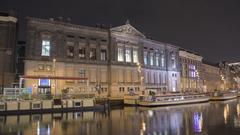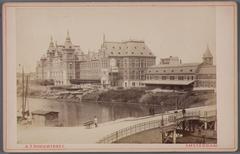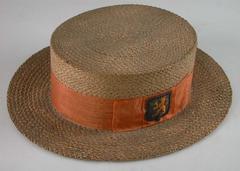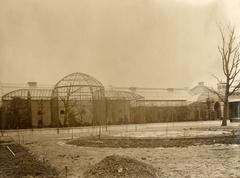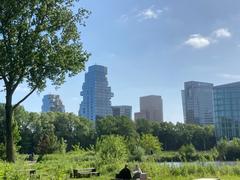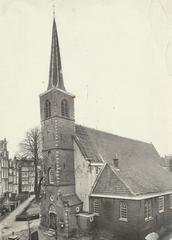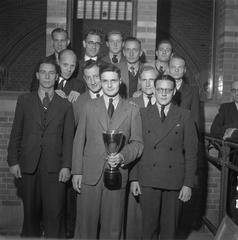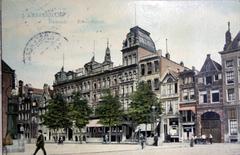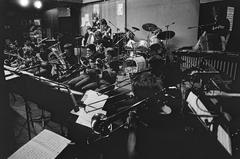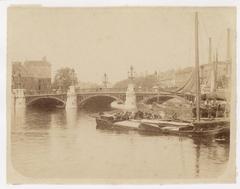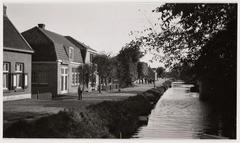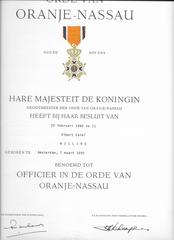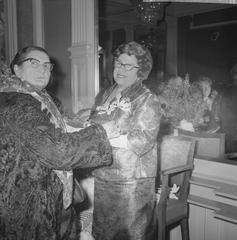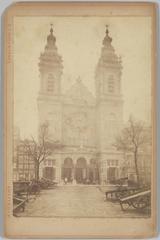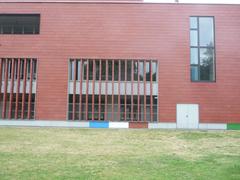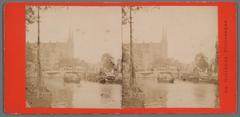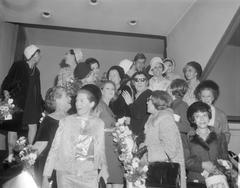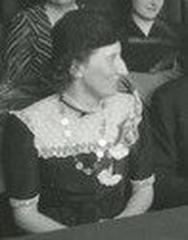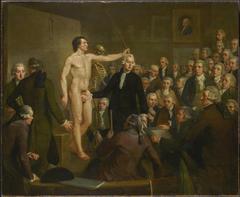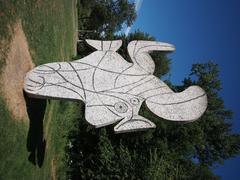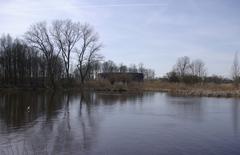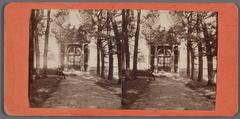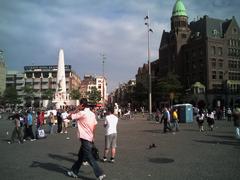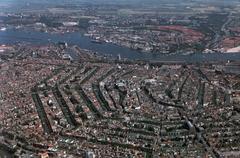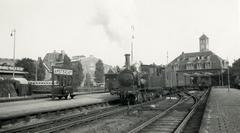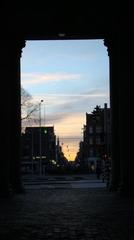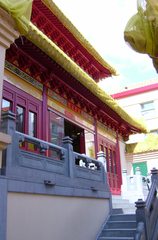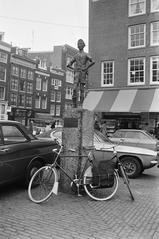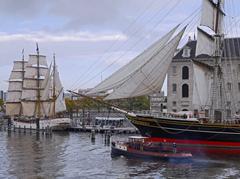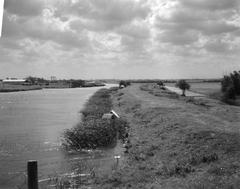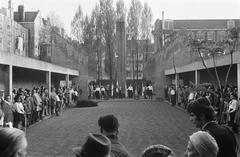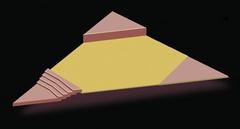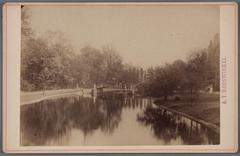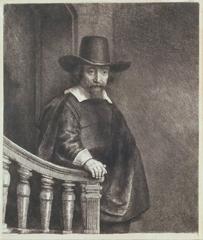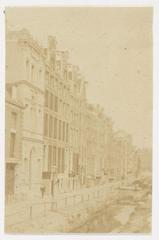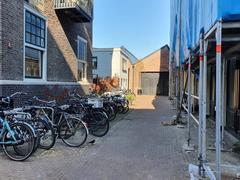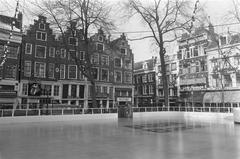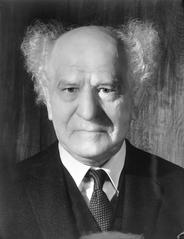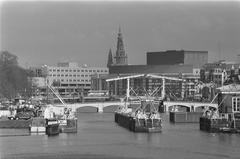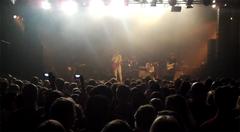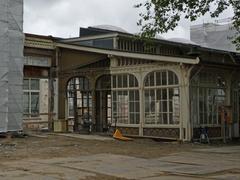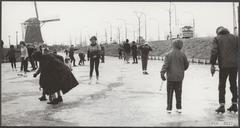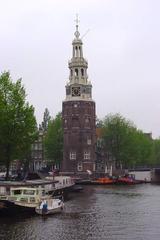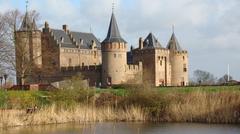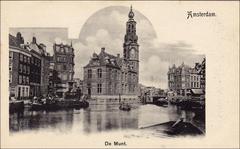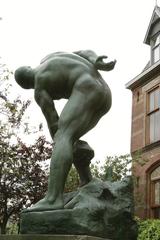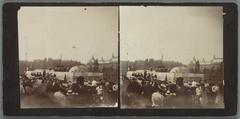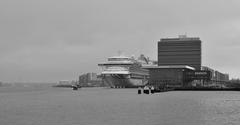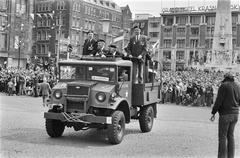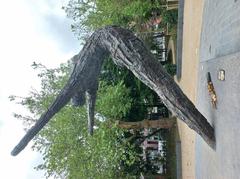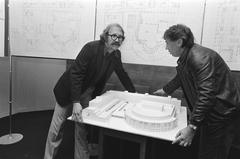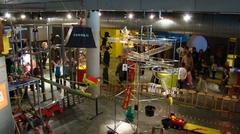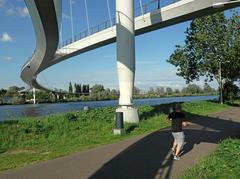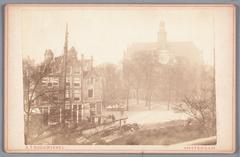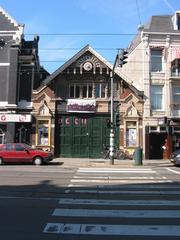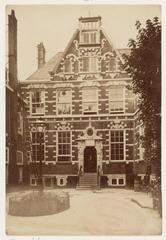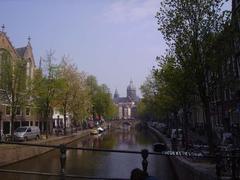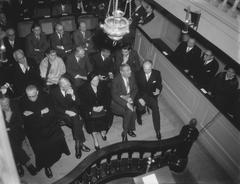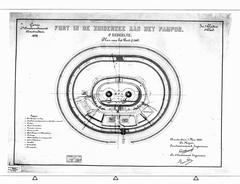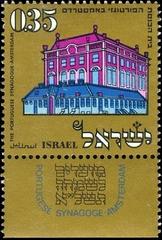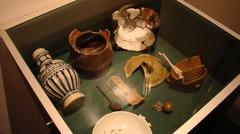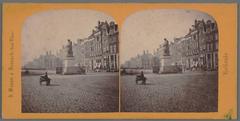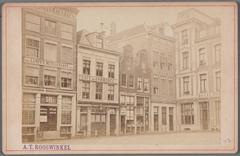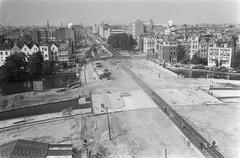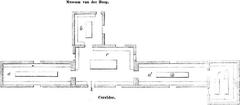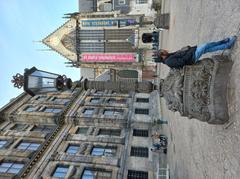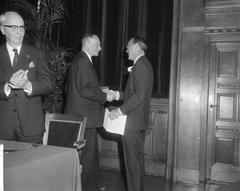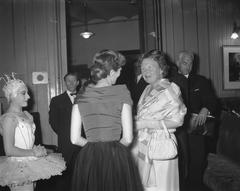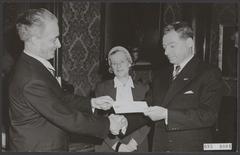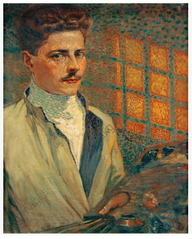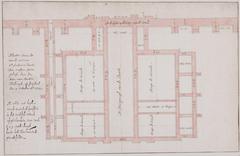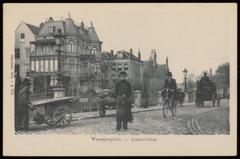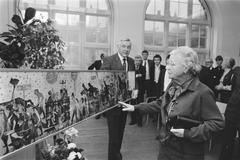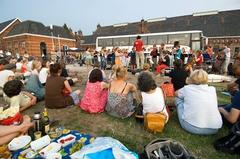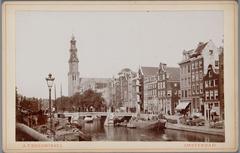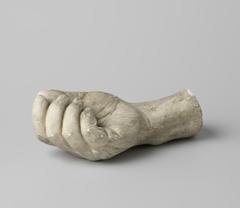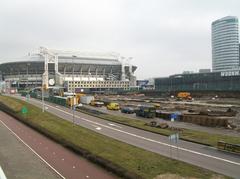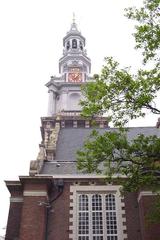Visiting Stichting Levend Paardenmuseum Hollandsche Manege Amsterdam: The Essential Guide
Date: 03/07/2025
Introduction
Adjacent to Amsterdam’s famed Vondelpark, the Stichting Levend Paardenmuseum Hollandsche Manege is a living testament to the Netherlands’ equestrian legacy. Founded in 1744 and located in a neoclassical building from 1882 designed by A.L. van Gendt, the Manege is the Netherlands’ oldest riding school and a rare blend of living tradition and historical grandeur. Today, it operates as both an active riding school and the Living Horse Museum, managed by Stichting Levend Paardenmuseum. Visitors can experience live equestrian arts, guided tours, exhibitions, and unique traditions such as the Vondel Carousel. With its central location, rich programming, and architectural beauty, the Manege is an unmissable cultural destination for anyone exploring Amsterdam (immaterieelerfgoed.nl, amsterdam.info, dehollandschemanege.nl).
Table of Contents
- Historical Development and Equestrian Traditions
- Architectural and Cultural Significance
- The Living Horse Museum: Mission & Experience
- Visitor Information: Hours, Tickets & Accessibility
- Activities, Tours, and Visitor Facilities
- FAQs
- Conclusion & Tips
- References
1. Historical Development and Equestrian Traditions
Medieval Origins and Evolution
The Manege’s origins lie in the Netherlands’ deep equestrian culture, with carousel riding evolving from medieval tournaments into a formalized sport. The Dutch Carousel Society, established in 1858 at the original Leidsegracht riding school, marked the formalization of these traditions in Amsterdam (immaterieelerfgoed.nl).
Relocation and the Modern Manege
Population growth in Amsterdam prompted relocation, and in 1882, the new Manege opened near Vondelpark. This neoclassical building became a hub for equestrian arts and elite society, reflecting the growing importance of horse culture in the city.
Carousel Riding and Gender Integration
Initially a male pursuit, carousel riding became more inclusive in 1864 with the first performance by both men and women. By the 1880s, women’s participation expanded, and by the 1930s, female riders regularly joined carousel performances, especially in the unique side-saddle tradition (immaterieelerfgoed.nl).
Preservation and Revival
The late 20th century brought challenges and revitalization. The 1986 restoration not only preserved the building but also revived traditions like the Vondel Carousel, with its signature side-saddle performances.
2. Architectural and Cultural Significance
Design and Features
Designed by A.L. van Gendt, the Manege draws inspiration from Vienna’s Spanish Riding School. Its grand façade, 40x20 meter riding hall, arched windows, and glass roof exemplify 19th-century Dutch architecture. Ornate spectator galleries and original wooden stables remain largely intact (amsterdam.info).
Monument Status and Conservation
Recognized as a Rijksmonument, the Manege is protected as a site of national heritage. Ongoing restoration efforts ensure a balance between historic preservation and modern functionality (dehollandschemanege.nl).
Urban Context
Tucked behind 19th-century townhouses on quiet Vondelstraat, the Manege offers a sense of discovery and stands as a monument to Amsterdam’s urban and social history.
3. The Living Horse Museum: Mission & Experience
Foundation and Objectives
The Stichting Levend Paardenmuseum is dedicated to educating the public, preserving classical riding arts, and documenting equestrian history. The museum operates as both an active riding school and exhibition space (dehollandschemanege.nl).
Vondel Carousel and Tradition
A highlight is the Vondel Carousel, the only Dutch group maintaining side-saddle carousel riding. Weekly performances keep this living tradition vibrant for modern audiences (immaterieelerfgoed.nl).
Education and Community Engagement
Programs include guided tours, school visits, workshops on horse care, and collaborations with national organizations. The museum is committed to accessible, hands-on learning experiences (Levend Paardenmuseum).
4. Visitor Information: Hours, Tickets & Accessibility
Location
- Address: Vondelstraat 140, 1054 GT Amsterdam
- Adjacent to Vondelpark, west of the city center
Getting There
- Tram: Lines 1, 2, 3 (Emmastraat or Leidseplein stops)
- Bus: Multiple city buses to Leidseplein
- Bike: Amsterdam’s bike paths lead directly to the site
- Car: Paid parking at Q-Park Byzantium or street parking (limited, metered)
Opening Hours (July 2025)
- Monday–Friday: 10:00 AM – 6:00 PM
- Saturday–Sunday: 10:00 AM – 5:00 PM
- Holidays: Check official website for changes
Admission
- Adults: €9.50
- Children (4–12): €6.50
- Under 4: Free
- Family Ticket: €28.00 (2 adults + 2 children)
- Students/Seniors: €8.00
- Guided Tours: Additional fee; book in advance
- Group Rates: Available for 10+ people
Tickets are available online and at the entrance (dehollandschemanege.nl).
Accessibility
- Wheelchair Access: Ramp at entrance, accessible restrooms and ground floor; upper galleries accessible only by stairs.
- Assistance Animals: Guide dogs and certified assistance animals welcome.
- Advance Arrangements: Contact staff for specific needs (Contact Page).
5. Activities, Tours, and Visitor Facilities
Exhibits & Live Demonstrations
- Historical exhibits: Artifacts, vintage riding equipment, multimedia displays.
- Live riding lessons: Observed from galleries.
- Special arrangements: Experienced riders can book lessons or supervised rides in Amsterdamse Bos (amsterdam.info).
Guided Tours & Workshops
- Languages: Dutch and English
- Duration: 45–60 minutes
- Booking: Online or at the entrance
Café & Shop
- Café: Overlooks the riding hall, offers refreshments and light meals with vegan/vegetarian options.
- Gift Shop: Equestrian souvenirs and books; supports museum preservation.
Facilities
- Wi-Fi: Free throughout public areas
- Lockers: €1 coin-operated lockers for valuables
- Restrooms: Accessible facilities on ground floor
Visitor Guidelines
- Photography: Allowed without flash in most areas; no tripods in the arena.
- Animal Welfare: Do not feed or touch horses without staff.
- Families: Children must be supervised; stables off-limits to public.
6. FAQs
Q: What are the visiting hours?
A: Monday–Friday 10:00–18:00, weekends 10:00–17:00. Check online for holiday hours.
Q: How much are tickets?
A: Adults €9.50, children €6.50, family and concession rates available.
Q: Is the Manege wheelchair accessible?
A: The ground floor is accessible; upper galleries are not.
Q: Are guided tours available?
A: Yes, in Dutch and English—book in advance.
Q: Can I ride a horse during my visit?
A: Experienced riders may book lessons or rides in advance.
Q: Are pets allowed?
A: Only certified assistance animals.
7. Conclusion & Visitor Tips
The Hollandsche Manege is a unique fusion of Dutch history, living equestrian tradition, and stunning architecture. As one of Amsterdam’s most significant cultural sites, it offers memorable experiences for all ages and interests. For the best visit:
- Book guided tours early, especially for groups.
- Check the event calendar for carousel performances.
- Combine your visit with nearby attractions like Vondelpark, the Rijksmuseum, or Van Gogh Museum.
- Download the Audiala app for self-guided audio tours and insider tips.
Despite ongoing animal welfare debates (Wikipedia), the Manege continues to improve horse care and remain responsive to ethical tourism trends. It stands as a living monument to Amsterdam’s urban and cultural vitality.
8. References
Experience the living legacy of Amsterdam’s equestrian past—plan your visit to the Hollandsche Manege today!
